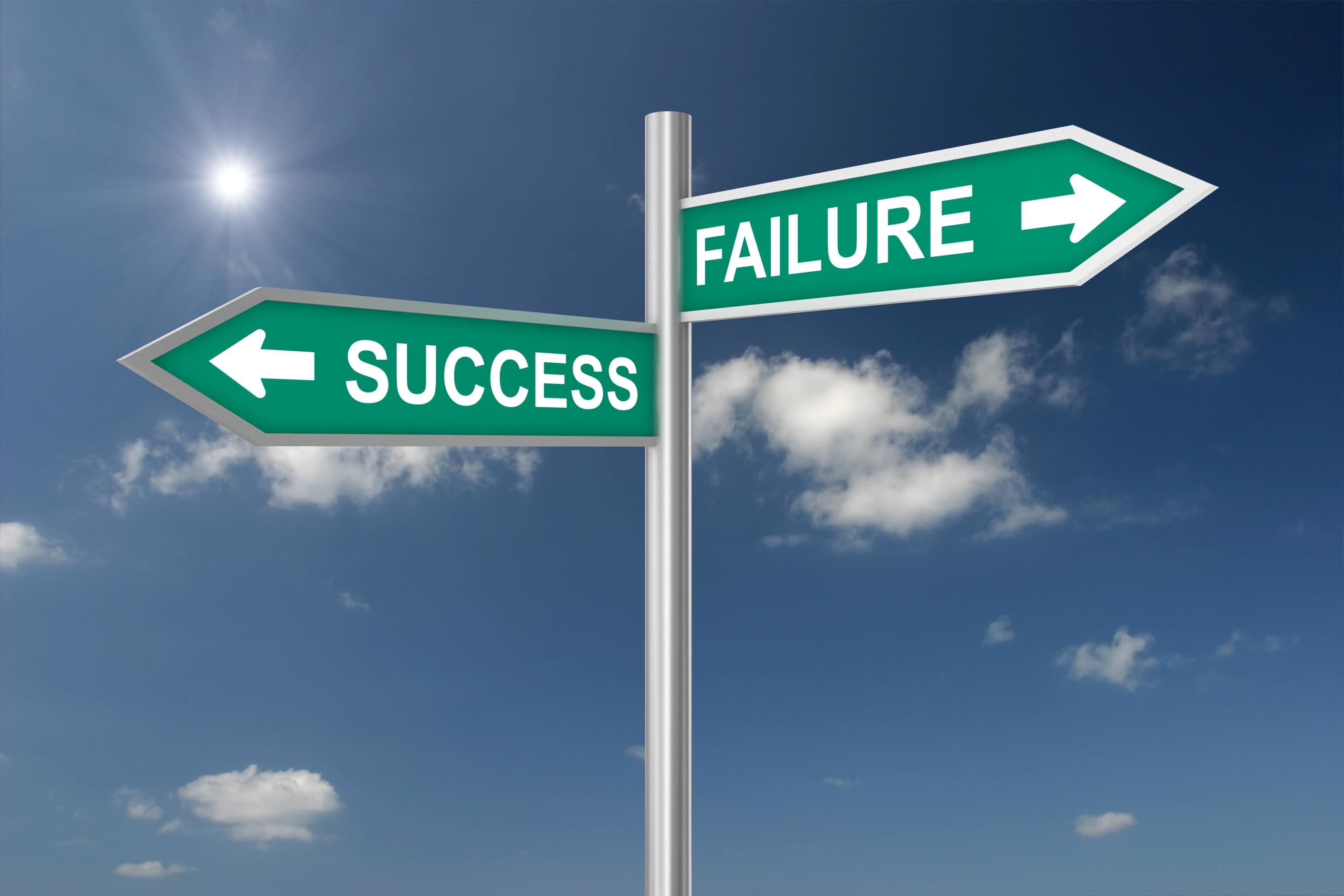“Innovation Insight” is a blog series written by SRC’s President Emeritus Dr. Laurier Schramm, which aims to shed light on the importance of innovation in driving economic, societal and environmental growth.
The term technology readiness is arising more frequently in discussions about innovation. When this occurs, one has to be a bit careful because there are two very different kinds of readiness and both are important.

Technology Readiness for Commercial Release
The first and possibly most obvious kind is the readiness of a technology for commercial release and deployment into the marketplace. As noted in an earlier blog post, innovation is NOT linear, but for thinking and discussion purposes it can be helpful to categorize steps in the innovation process as if it were linear.
Using this approach, tools like the Technology Readiness Level (TRL) index enable the tracking of technology evolution from discovery (“blue sky”) research to actual demonstration in realistic conditions. Tools like the Commercial Readiness Index (CRI) enable tracking of technology evolution as a commercial product, process, or service. These scales are not mutually exclusive: the CRI scale overlaps the TRL scale starting at the proof of concept level, culminating at the fully commercially deployed and mature level. Regardless of the scale(s) this kind of technology readiness is measured and used when following the progress of innovations.
Users of tools like TRL and CRI range from companies that dedicate significant resources to managing commercial innovation, to venture capital firms that fund prospective new commercial innovations as they are being nurtured past the “valley of death” by start-up and small-and medium-sized enterprises (SMEs), to governments and agencies, like NASA, that buy and deploy new innovations.
Consumer Readiness
The second kind of technology readiness is psychological and refers to the readiness of customers to accept and/or pay for the new technology, or indeed any new technology. This is as important, or even more important, than the maturity of the technology itself because customers’ personal views about technology influence the extent to which any new technology will be successful in the marketplace, if at all. Consider the following two scenarios:
- If people are optimistic about technology in general, and tend to be personally inclined to try new technologies, they still may not accept a new technology if they do not perceive it to be useful and/or easy to use. On the other hand,
- If people perceive a new technology to be useful and/or easy to use, they still may not accept a new technology if they are not comfortable with technology in general, and especially if they mistrust new technologies.
Tools like the Technology Readiness Index (TRI) enable assessments of prospective customers’ personality preferences with regard to acceptance and use of a new technology. This allows us to compare optimism about technology and personal association with new technology adoption, with discomfort caused by new technology and insecurity caused by mistrust of new technology. Other tools, like the Technology Acceptance Model (TAM) enable assessments of the extent to which prospective customers perceive usefulness and ease of use in a new technology.
Armed with an awareness of the importance of prospective customers’ personality preferences on new technology acceptance, plus tools with which to make assessments, it’s not surprising that people in the innovation field sometimes categorize and “label” customer types (a nicer term for this is market segmentation). So, for any new technology that is introduced into the marketplace, one can imagine:
- Explorers (the first few adopters)
- Pioneers (the next few adopters)
- Skeptics
- Hesitators
- Avoiders (the non-adopters)
Users of tools like TRI and TAM are generally larger companies that dedicate significant resources to managing commercial innovation.
The word technology conjures up images of technical things, especially new technical things, but personality preferences can have a powerful influence on the way prospective customers view and make choices about new technologies. The most elegant and inventive products, processes, or services, even if based on wonderful new discoveries, will fail to become innovation in the face of a marketplace full of “avoiders.” This adds another meaning to the adage “it’s all about the people.”
What other factors are you aware of that can enable or inhibit innovation?
Further reading: Parasuraman, A.; Colby, C.L., “An Updated and Streamlined Technology Readiness Index. TRI 2.0,” J. Service Res., published online before print June 22, 2014, doi: 10.1177/1094670514539730.
